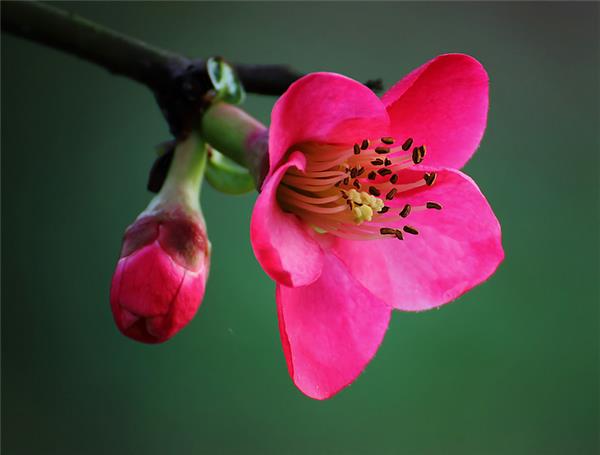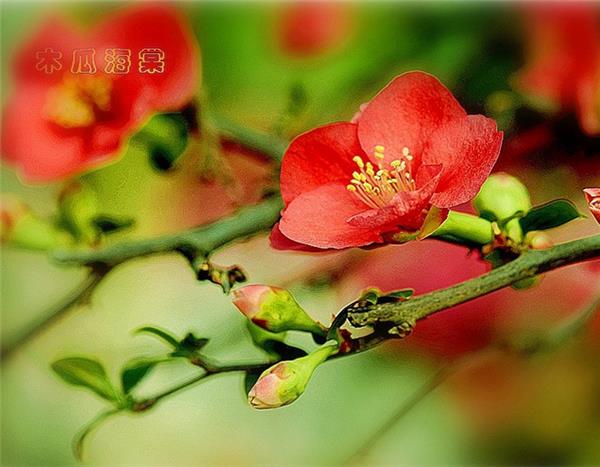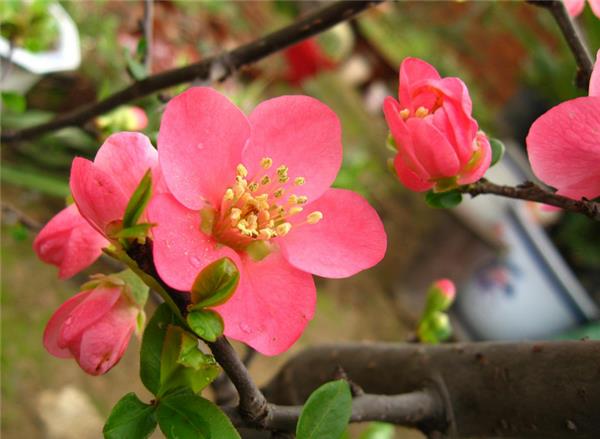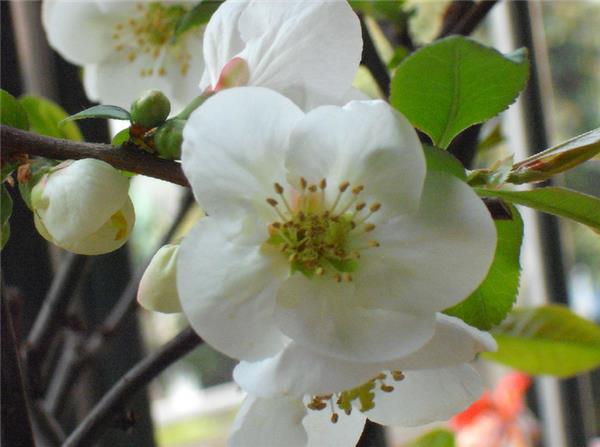How to raise papaya Begonia the culture method of papaya begonia
How to raise papaya and begonia? Our main task today is to introduce the breeding methods of papaya and begonia. Let's have a look.

How to raise papaya and begonia
Papaya begonia likes warmth and has a certain degree of cold resistance. The soil is required to be well drained and not resistant to moisture and salinity. The optimum temperature for growth was 25-32 ℃. When the temperature dropped to 10 ℃, the growth was inhibited, the young organs below 5 ℃ were damaged, the plants died when the temperature was 0 ℃, and when the temperature exceeded 35 ℃, a large number of flowers and fruits were dropped. Papaya Begonia needs a lot of water, but it avoids stagnant water and has wide adaptability to soil, but it requires loose soil, good air permeability and low groundwater level. It is suitable for planting in deep, fertile, loose and slightly acidic soil.
Papaya and begonia can grow on flat land, hills and hillsides, and can be planted from February to October, mainly in spring and autumn, with a density of 1.33 meters × 1.50 meters and 1.67 meters. Fertilizers are mainly fertilizer for promoting growth, promoting flower and strengthening fruit, and soil application is combined with foliar spraying. Papaya Begonia needs sufficient water, and the soil water content should be kept at about 70% of the maximum water holding capacity.
The suitable planting period of papaya and begonia is before sprouting in early spring or after defoliation in early winter. When papaya begonia comes out of the nursery, keeping intact root system is one of the keys to the survival of planting papaya begonia. Generally, large seedlings should be planted with soil balls, and small seedlings should stay in the lodging soil according to the situation. After the planting of papaya and begonia, the tending management should be strengthened and the soil should be kept loose and fertile. A batch of pond mud or fertile soil can be cultivated in the rhizosphere every autumn and winter.

A pruning was carried out from the fallen leaves of papaya and begonia to the sprouting in early spring to cut off the weak branches, disease and insect branches in order to keep the crown open, ventilated and transparent. In order to promote the vigorous flowering of the plant, it is necessary to truncate the overgrown branches to reduce the nutrient consumption of germination, so that the remaining axillary buds can get more nutrients and form more flowering and fruiting branches. Fruit branches and middle branches need not be pruned.
During the growth period, if the heart can be removed in time and the vegetative growth is restricted in the early stage, the effect will be more significant. The pile scenery of potted plants should be controlled in this way.
The transplanting and turning of papaya Begonia should be carried out in early spring, with soil, cut short the main root and leave more lateral roots. Grow in neutral to slightly acidic, loose and fertile sandy soil, and apply rotten cake fertilizer as base fertilizer. Keep the basin soil moist without stagnant water during the growing period and keep it outside in a sunny place after survival. In early April, 0.2% potassium dihydrogen phosphate solution was sprayed on the leaves to make the buds strong and provide adequate nutrition for future flowering and fruiting. In order to keep the shape of the plant graceful, it is often used to pick the heart in the maintenance.

Let's take a look at what the functions of papaya begonia are.
1. The garden use of papaya and begonia
According to the Qunfang Spectrum of the Ming Dynasty, there are four grades of begonia, all of which are woody, which refer to: West House Begonia, Weisi Begonia, Papaya Begonia and sticking Begonia. As a kind of traditional begonia, papaya crabapple is a good tree species for garden greening because of its brilliant flowers and colors, good tree shape and few diseases and insect pests. Can be planted in the garden wall corner, forest edge and other places, spring can enjoy flowers, autumn can see fruit, the branch type is strange, is a good tree species for the layout of landscape.
There are many varieties of papaya and begonia, and the flowers bloom all over the branches in spring, giving people the feeling of blooming flowers. Lu you once used "Biji Begonia is unique in the world, and the branches seem to be stained with orangutan blood." Shu Ji gorgeous makeup is willing to let people, before the flower suddenly feel that there is no color. " To describe the delicacy of its design and color. Some varieties, in autumn, the golden fruits hang branches and exude rich fragrance. They are ornamental flowers and trees with good flowers and fruits. They are suitable for cultivation in courtyards, roadside green belts, lawns and other places, and can be planted in clusters, rows, alone or as flower hedgerows. It can also be potted to watch or make bonsai.

2. The economic value of papaya and begonia
Kernel oil content 35.99%, oil yield 30%, no peculiar smell, edible and soap. The fruit is made into candied fruit after cooking, and can be used as medicine. It has the effects of expelling wind, relaxing muscles, relieving pain, relieving alcohol and phlegm, eating and relieving dysentery. Flowers can be used as seasoning for sugar sauce, and the flavor is very delicious. The bark contains tannin, which can be extracted from tannin. The wood material is hard and can be used to make furniture and other appliances.
In addition to viewing, the fruit of papaya and begonia can be used as medicine, which can relax muscles and activate collaterals, dispel wind and relieve pain. Among them, Tripterygium is more sensitive to ozone in the air, and can be used as an environmental monitoring plant.
Related
- Wuhan Hospital Iron Tree Blooming Result Was Instantly Frightened by the Gardener Master
- Which variety of camellia is the most fragrant and best? Which one do you like best?
- What is the small blue coat, the breeding methods and matters needing attention of the succulent plant
- Dormancy time and maintenance management of succulent plants during dormancy
- Minas succulent how to raise, Minas succulent plant pictures
- What are the varieties of winter succulent plants
- How to raise succulent plants in twelve rolls? let's take a look at some experience of breeding twelve rolls.
- Attention should be paid to water control for succulent plants during dormant period (winter and summer)
- Watering experience of twelve rolls of succulent plants
- Techniques for fertilizing succulent plants. An article will let you know how to fertilize succulent plants.



